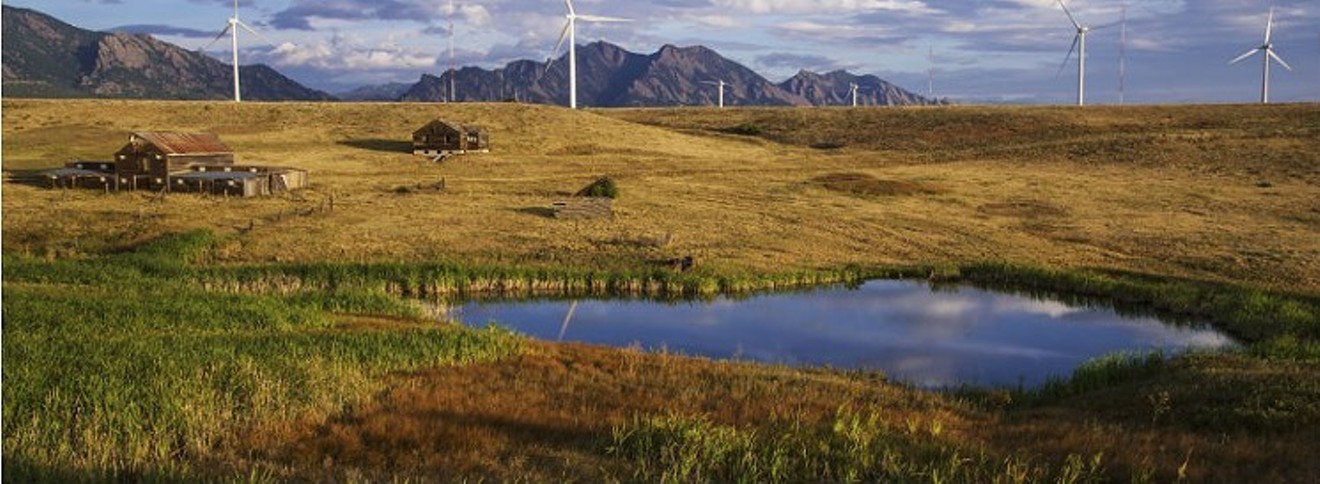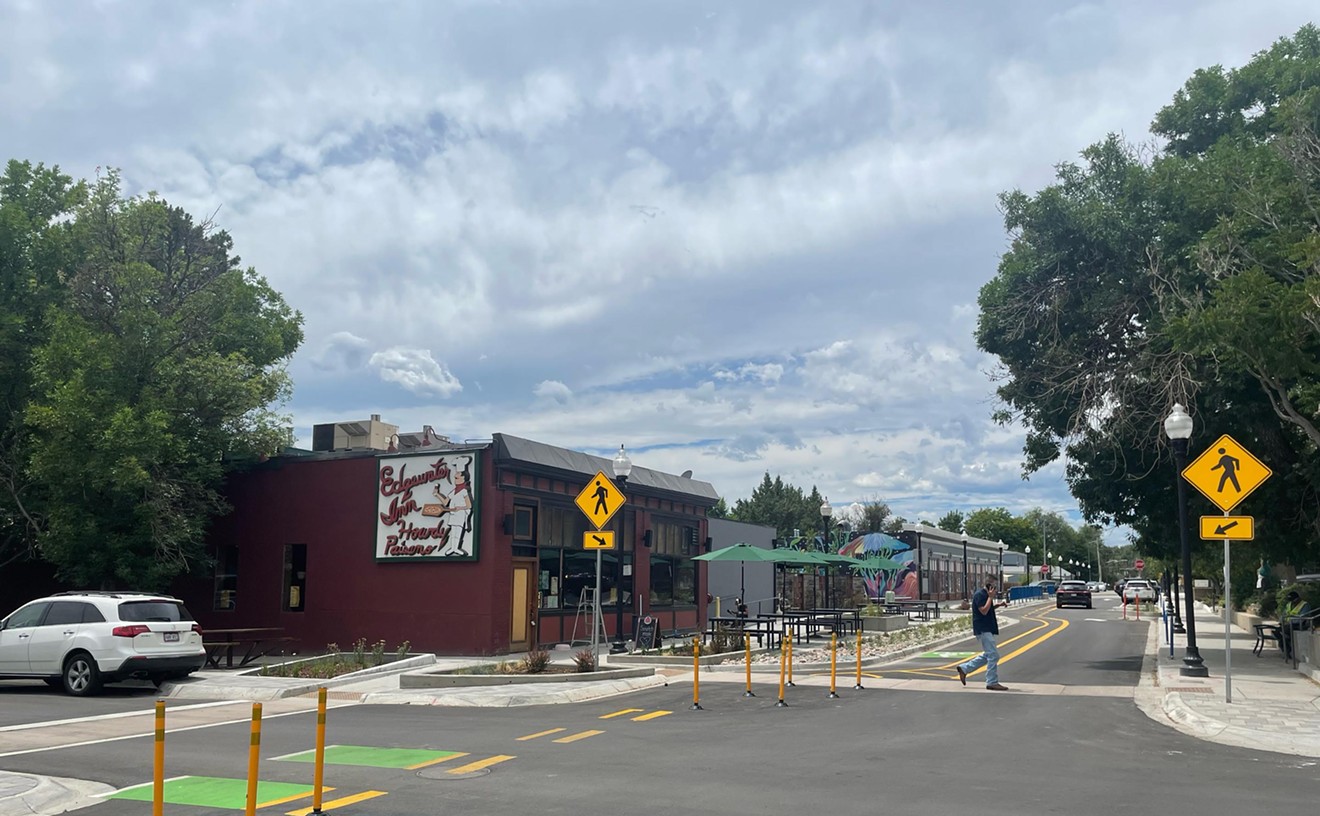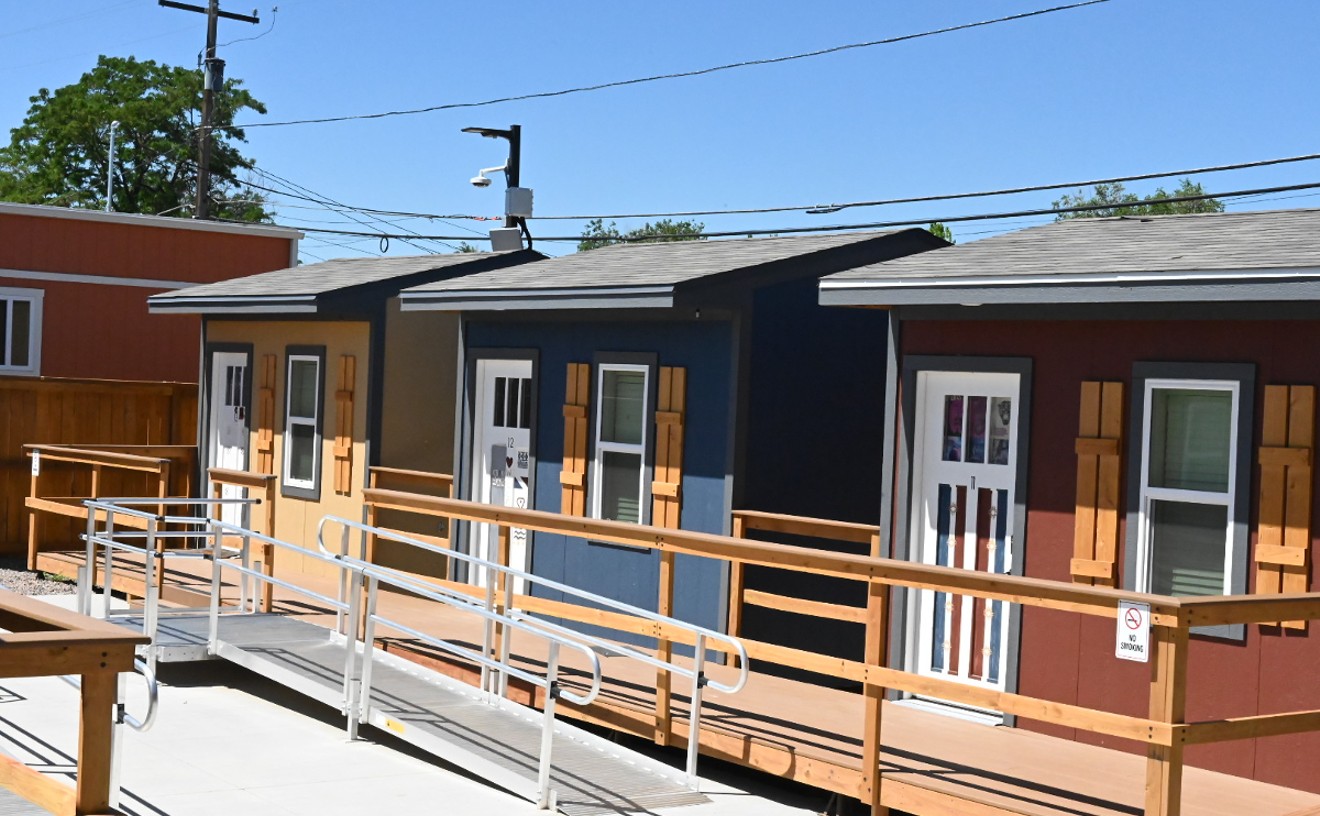Next June marks the thirtieth anniversary of the FBI's raid on the Rocky Flats Nuclear Weapons Plant, the Department of Energy facility that produced plutonium triggers for the nation's nuclear arsenal at a top-secret facility sixteen miles upwind of Denver.
After that raid, the plant never produced another trigger. But the bombs just keep dropping.
On November 15, community organizations across Colorado as well as several prominent elected officials sent a letter to Carmelo Melendez, director of the DOE's Office of Legacy Management, as well as Cynthia Martinez, chief of the National Wildlife Refuge System for the U.S. Department of Fish & Wildlife, calling for what's now known as the Rocky Flats National Wildlife Refuge to be closed to the public, citing residual contamination from decades of plutonium bomb trigger production at the site.
The letter was initiated by the Rocky Mountain Peace and Justice Center, which started watchdogging Rocky Flats while it was still producing plutonium triggers. But this time, it's joined by new allies: Signers include new Colorado State Senate Majority Leader Stephen Fenberg, new Colorado House Majority Leader KC Becker, and state representatives Jonathan Singer and Mike Foote, as well as several local school board members. Seven school districts have prohibited field trips to the site.
After the FBI raid, the plant was closed for good in 1992. In 2000, Kaiser-Hill was given the contract to clean up the 6,245-acre site; the job was finished in 2006 and most of the property turned over to Fish & Wildlife, though more than 1,000 acres at the center of the site, where the major manufacturing work was done, remain off limits and under the control of the DOE. The rest of the property was slowly turned into a wildlife refuge, which opened to the public in September, over the objections of environmentalists and activists.
Now, with the support of several elected officials, they're renewing their push to close the site. “In the best interest of public health, DOE Legacy Management and U.S. Fish and Wildlife Service must immediately halt public recreation at the Rocky Flats National Wildlife Refuge," their letter reads. "The Refuge is located on the previous buffer zone of the Rocky Flats Plant (1952-1989), which produced 70,000 weapons-grade plutonium pits for the U.S. nuclear weapons arsenal. Activities at the plant led to contaminated soil, sediment, groundwater and surface water due to accidental leakages and serious fires in 1957 and 1969, emitting plutonium into the air. The land where the plant was located is now a federal designated Superfund site.”
The half-life of plutonium is 24,100 years. It looks like the fight over Rocky Flats could last as long.
Read the complete letter here.
[
{
"name": "Air - MediumRectangle - Inline Content - Mobile Display Size",
"component": "12017618",
"insertPoint": "2",
"requiredCountToDisplay": "2"
},{
"name": "Editor Picks",
"component": "17242653",
"insertPoint": "4",
"requiredCountToDisplay": "1"
},{
"name": "Inline Links",
"component": "18838239",
"insertPoint": "8th",
"startingPoint": 8,
"requiredCountToDisplay": "7",
"maxInsertions": 25
},{
"name": "Air - MediumRectangle - Combo - Inline Content",
"component": "17261320",
"insertPoint": "8th",
"startingPoint": 8,
"requiredCountToDisplay": "7",
"maxInsertions": 25
},{
"name": "Inline Links",
"component": "18838239",
"insertPoint": "8th",
"startingPoint": 12,
"requiredCountToDisplay": "11",
"maxInsertions": 25
},{
"name": "Air - Leaderboard Tower - Combo - Inline Content",
"component": "17261321",
"insertPoint": "8th",
"startingPoint": 12,
"requiredCountToDisplay": "11",
"maxInsertions": 25
}
]













